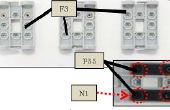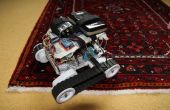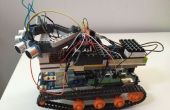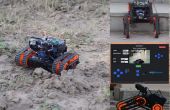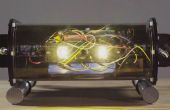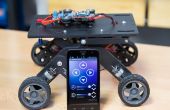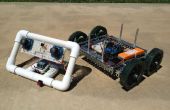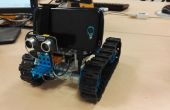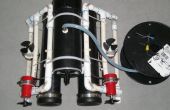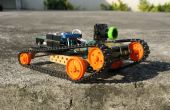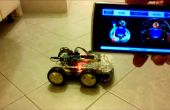Paso 2: El código de Arduino Uno(Joystick)
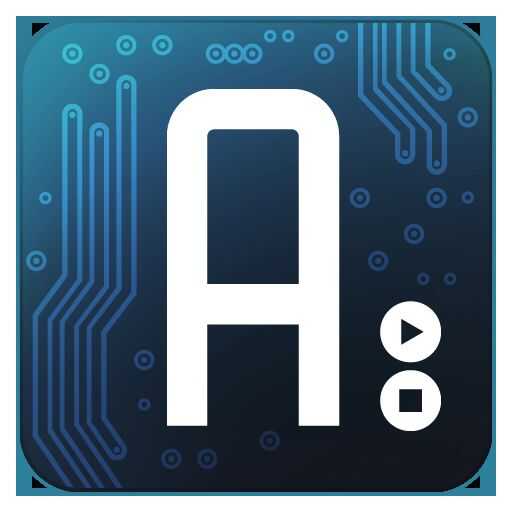
palabras, cambié para imprimir las letras que comprende el bosquejo de la rover.
byte const PIN_ANALOG_X = 0;
byte const PIN_ANALOG_Y = 1;
const int X_THRESHOLD_LOW = 450; // I tiene el contrains grande así que hay menos posibilidades de
const int X_THRESHOLD_HIGH = 550; análoga interpretación.
const int Y_THRESHOLD_LOW = 450;
const int Y_THRESHOLD_HIGH = 550;
int x_position;
int y_position;
int x_direction;
int y_direction;
void setup() {}
Serial.Begin(9600);
}
void loop () {}
x_direction = 0;
y_direction = 0;
x_position = analogRead(PIN_ANALOG_X);
y_position = analogRead(PIN_ANALOG_Y);
Si (x_position > X_THRESHOLD_HIGH) {}
x_direction = 1;
} else if (x_position < X_THRESHOLD_LOW) {}
x_direction = -1;
}
Si (y_position > Y_THRESHOLD_HIGH) {}
y_direction = 1;
} else if (y_position < Y_THRESHOLD_LOW) {}
y_direction = -1;
}
Si (x_direction == -1) {}
Si (y_direction == -1) {}
Serial.println("Left-Down");
} else if (y_direction == 0) {}
Serial.println("a"); el A es qué es lo que es ir a la izquierda
} else {}
y_direction == 1
Serial.println("Left-up");
}
} else if (x_direction == 0) {}
Si (y_direction == -1) {}
Serial.println("s"); S es para retroceder
} else if (y_direction == 0) {}
Serial.println("f"); F es para parada--envía esto hasta que algo más se envía
} else {}
y_direction == 1
Serial.println("w"); W es
}
} else {}
x_direction == 1
Si (y_direction == -1) {}
Serial.println("Right-Down");
} else if (y_direction == 0) {}
Serial.println("d"); D es derecha
} else {}
y_direction == 1
Serial.println("Right-up");
}
}}
